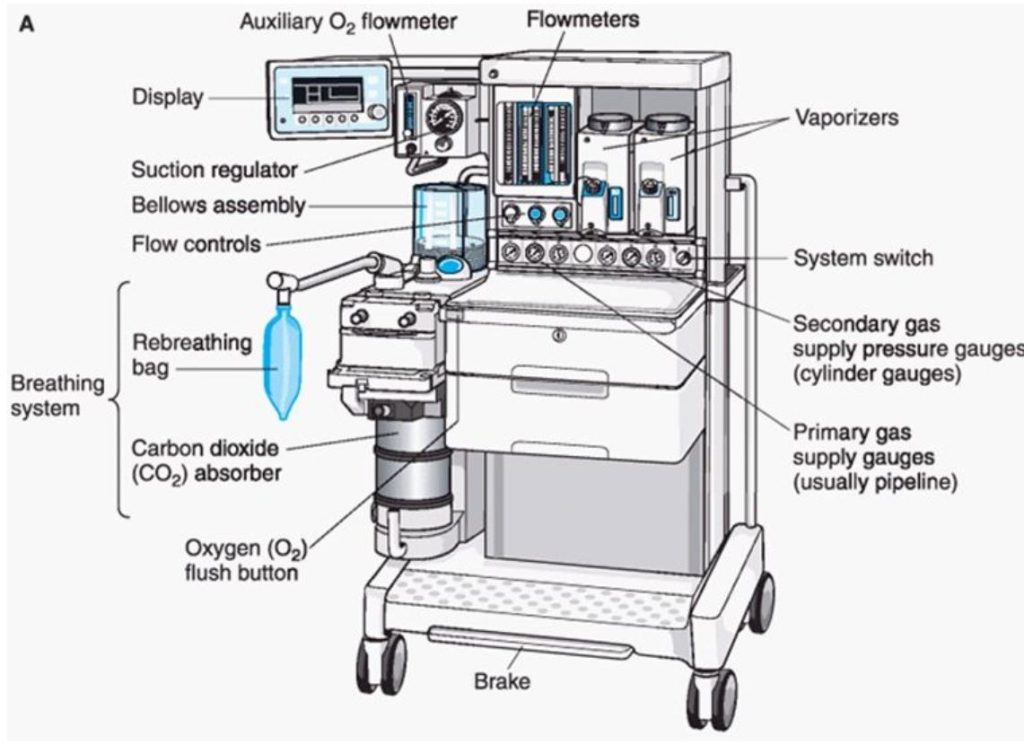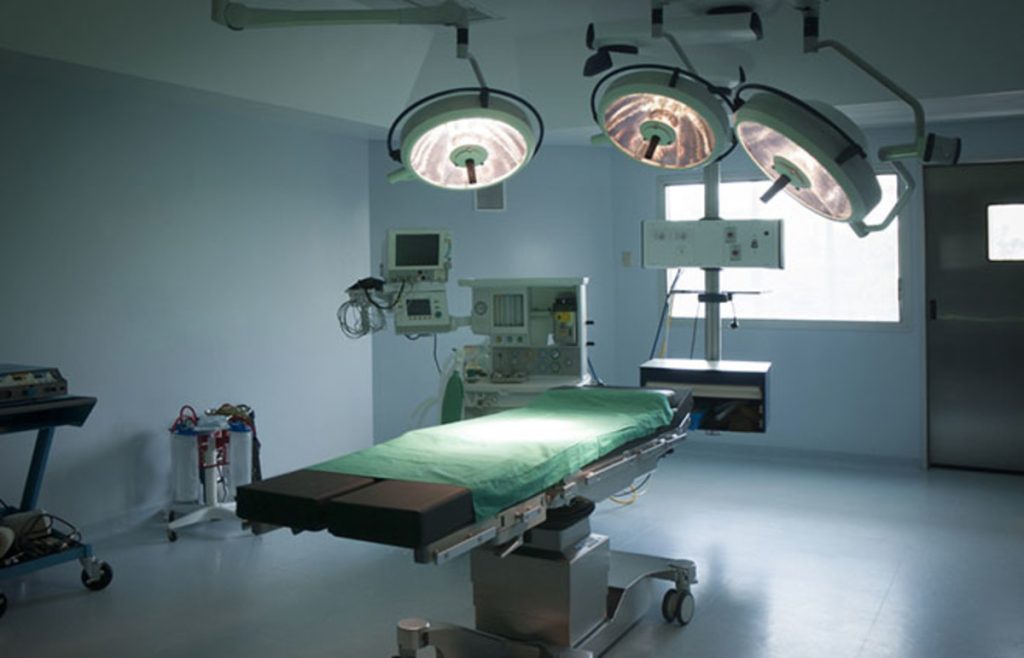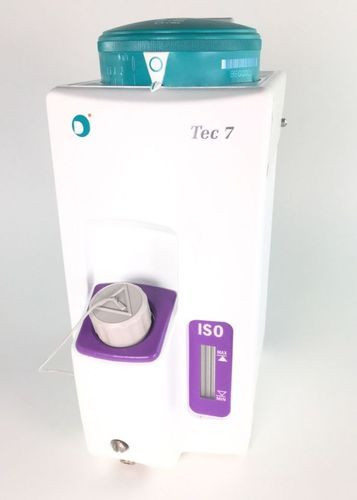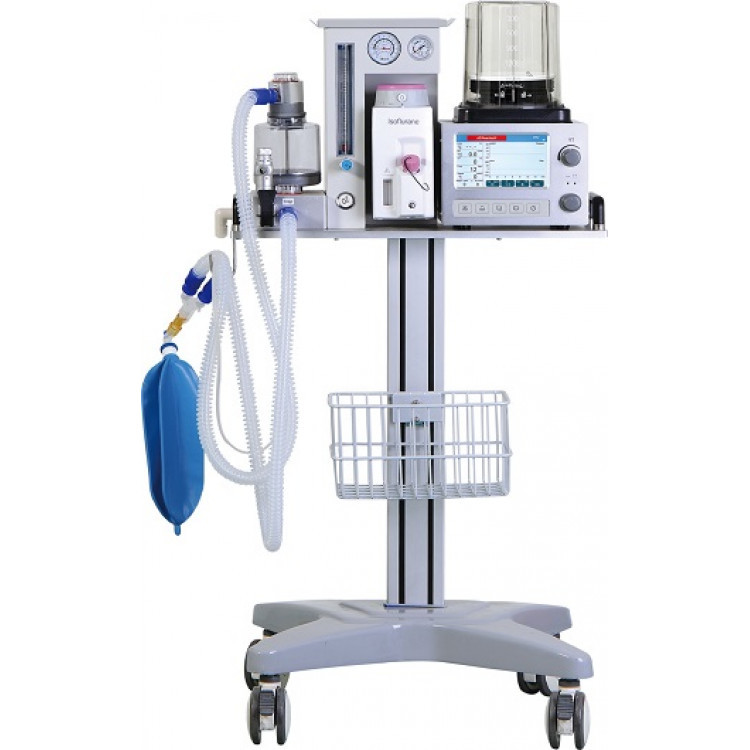What is an anesthesia machine?
Anesthesia machines are used to deliver anesthesia to patients during surgical procedures. The machine has two main components: an oxygen tank and a vaporizer. The oxygen tank supplies the oxygen that is used by the patient to breathe during the surgery. The vaporizer delivers the anesthesia gas to the patient.
There are two types of oxygen tanks: steel and aluminum. Steel tanks are heavier and more durable, but they are also more expensive. Aluminum tanks are lighter and less expensive, but they are also more prone to damage. When choosing an oxygen tank for your veterinary anesthesia machine, it is important to consider both the cost and the weight of the tank.
To safely switch oxygen tanks in a veterinary anesthesia machine, follow these steps:
1) Turn off the power to the machine. This will prevent any electrical shocks from occurring while you are working on the machine.
2) Remove the old oxygen tank from the machine by unscrewing it from its mount. Be careful not to drop or damage the old tank as you remove it fromthe machine.
3) Installthe newoxygen tank onto themachineby screwing it into place onthe mount . Make sure thatthe newtank is securely in place before turningon themachine again . 4) Once the new tank is installed, turn on the power to the machine and check for any leaks. If there are no leaks, the machine is ready to use.
5) Finally, dispose of the old oxygen tank according to your local regulations.
What are the components of an anesthesia machine?
The anesthesia machine is a complex piece of equipment that is used to deliver anesthesia to patients. There are many different components of an anesthesia machine, and each plays a vital role in the delivery of anesthesia.
The components of an anesthesia machine include:
-Anesthesia vaporizer: This is the component of the machine that actually delivers the anesthesia to the patient. There are many different types of vaporizers, and each has its own unique features.
-Oxygen source: The oxygen source provides the oxygen that is used by the patient during surgery. This can be either an oxygen tank or an oxygen concentrator.
-Ventilator: The ventilator is responsible for delivering breaths to the patient during surgery. This can be either a positive pressure ventilator or a negative pressure ventilator.
-Monitor: The monitor is used to track the vital signs of the patient during surgery. This includes things like heart rate, blood pressure, and respiratory rate.
How do you safely switch oxygen tanks in a veterinary anesthesia machine?
1. Make sure that the power to the machine is turned off.
2. Disconnect the empty oxygen tank from the machine.
3. Connect the full oxygen tank to the machine.
4. Turn on the power to the machine.
What are the steps for safely switching oxygen tanks in a veterinary anesthesia machine?
1. Make sure that the power to the machine is turned off.
2. Disconnect the old tank from the machine.
3. Connect the new tank to the machine.
4. Turn on the power to the machine.
What are the dangers of not properly switching oxygen tanks in a veterinary anesthesia machine?
1. If the wrong oxygen tank is used, it could lead to a decrease in the quality of anesthesia and an increased risk of complications.
2. If the wrong oxygen tank is used, it could also lead to an increase in the amount of time needed to achieve anesthesia.
3. Additionally, using the wrong oxygen tank could result in an increased risk of fire or explosion.
How often should you switch oxygen tanks in a veterinary anesthesia machine?
It is important to regularly switch oxygen tanks in a veterinary anesthesia machine to ensure that the animal receives a continuous supply of fresh, oxygen-rich air. The frequency with which you switch tanks will depend on the size of the animal and the length of the procedure. For most animals, it is safe to switch oxygen tanks every 30-60 minutes.
What are the benefits of properly switching oxygen tanks in a veterinary anesthesia machine?
1. Properly switching oxygen tanks can help ensure that the animal receives a consistent supply of oxygen.
2. It can also help prevent the machine from becoming overloaded and shutting down.
3. Additionally, it can help keep the anesthesia machine running smoothly and efficiently.

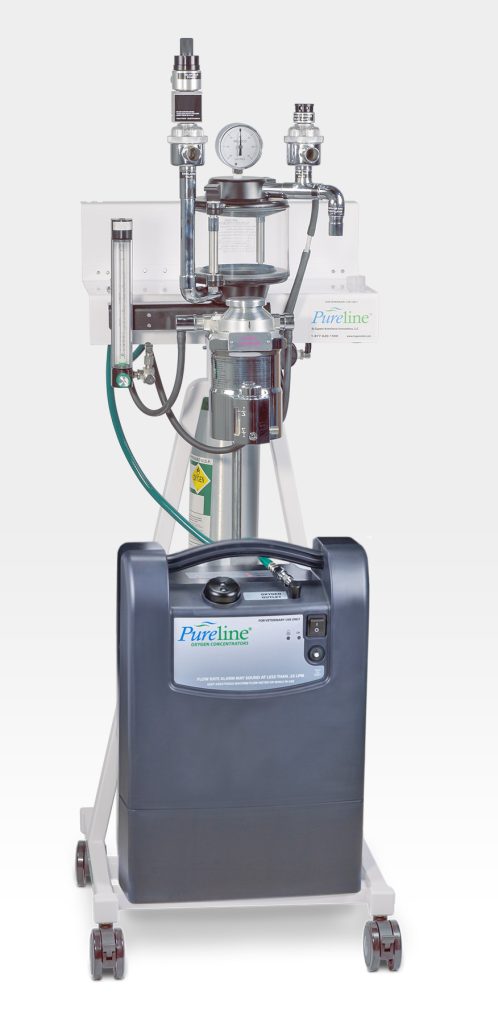
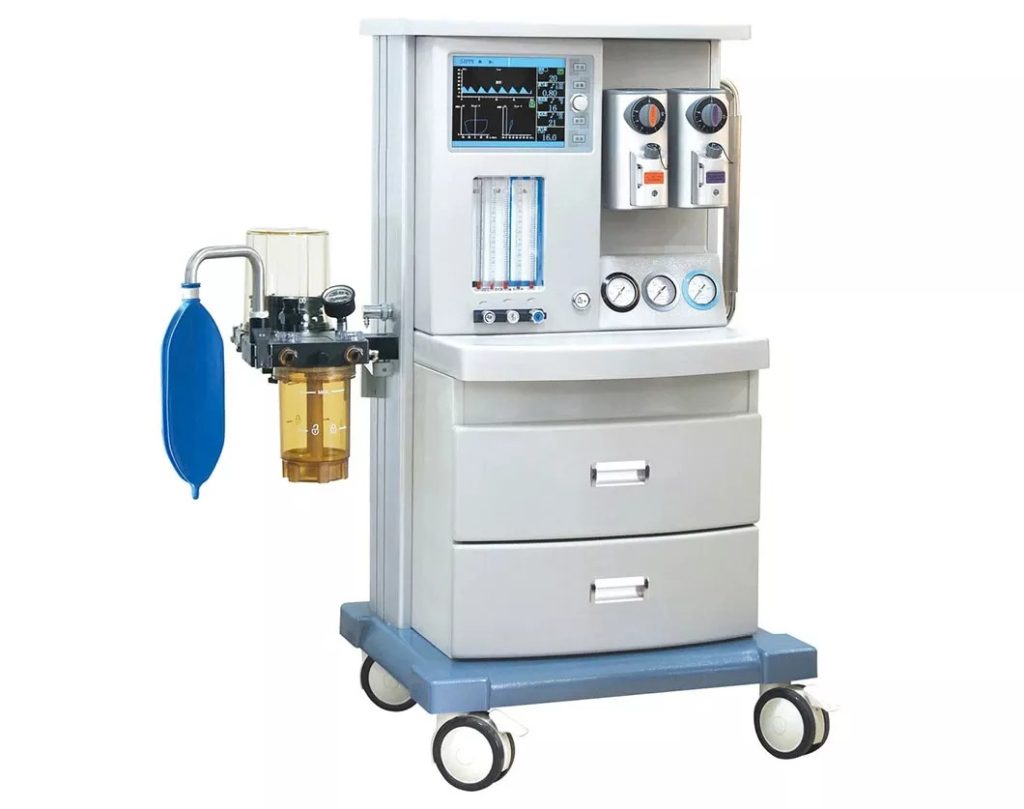
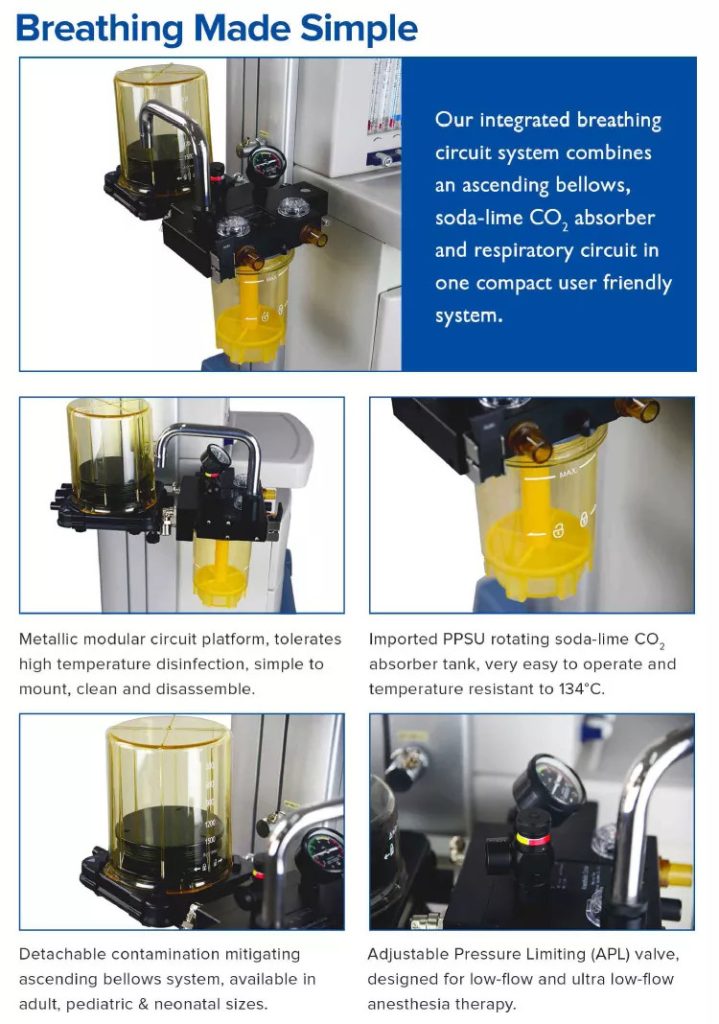
![The [Complete] Guide to Buying Anesthesia Machines](https://www.anesthesia-news.com/wp-content/uploads/2022/08/anesthesiamachine3.jpg)
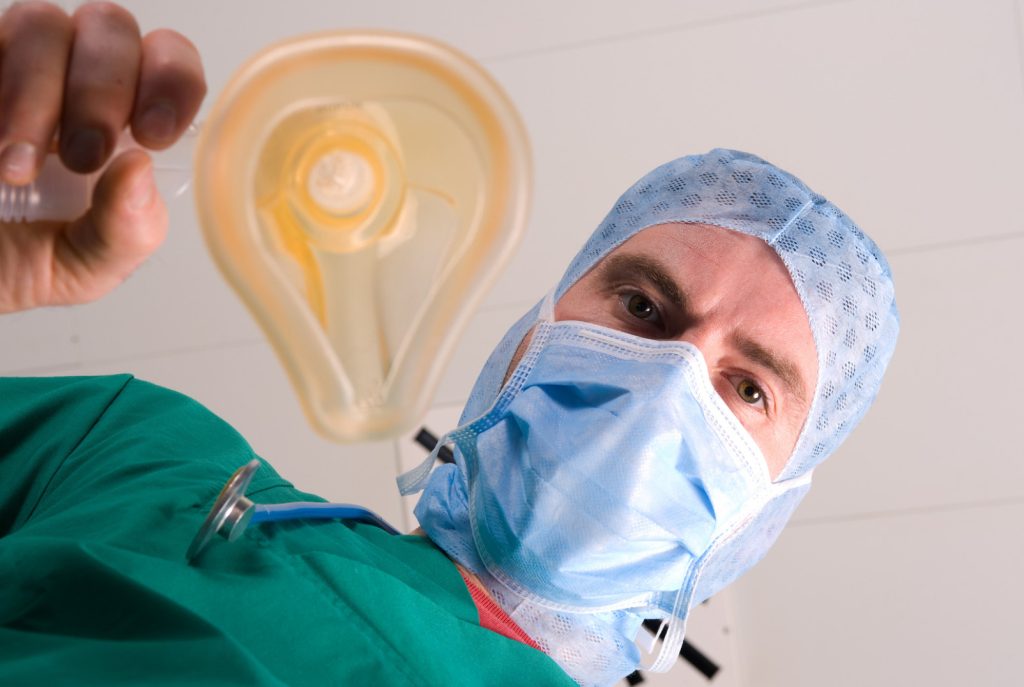
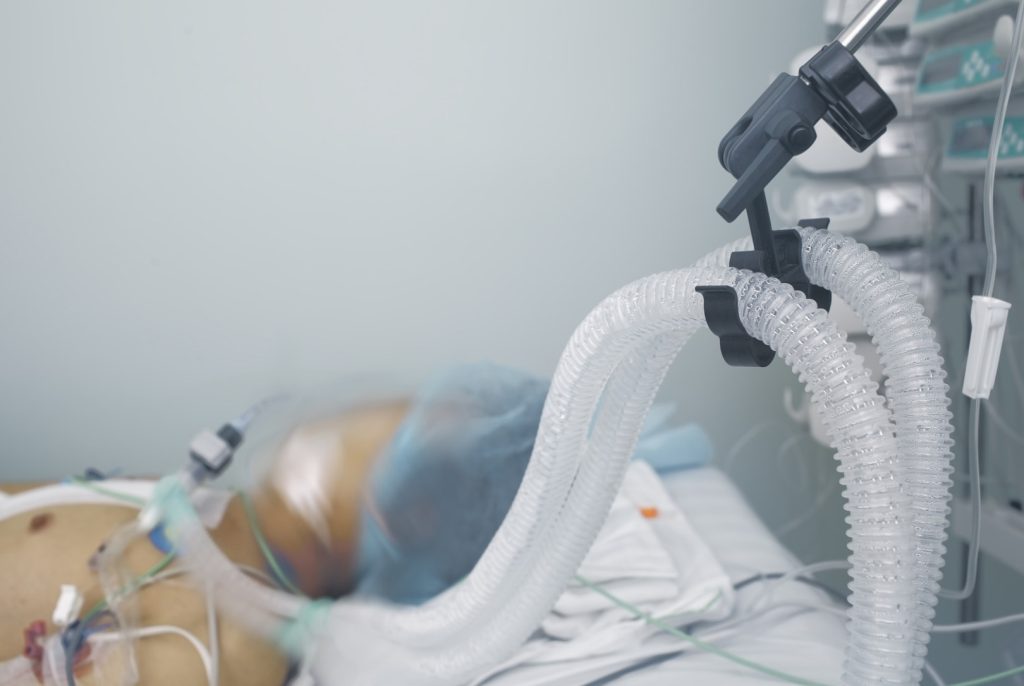
![How to Find the [PEEP Valve] on an Anesthesia Machine](https://www.anesthesia-news.com/wp-content/uploads/2022/09/peep-valve.jpg)
